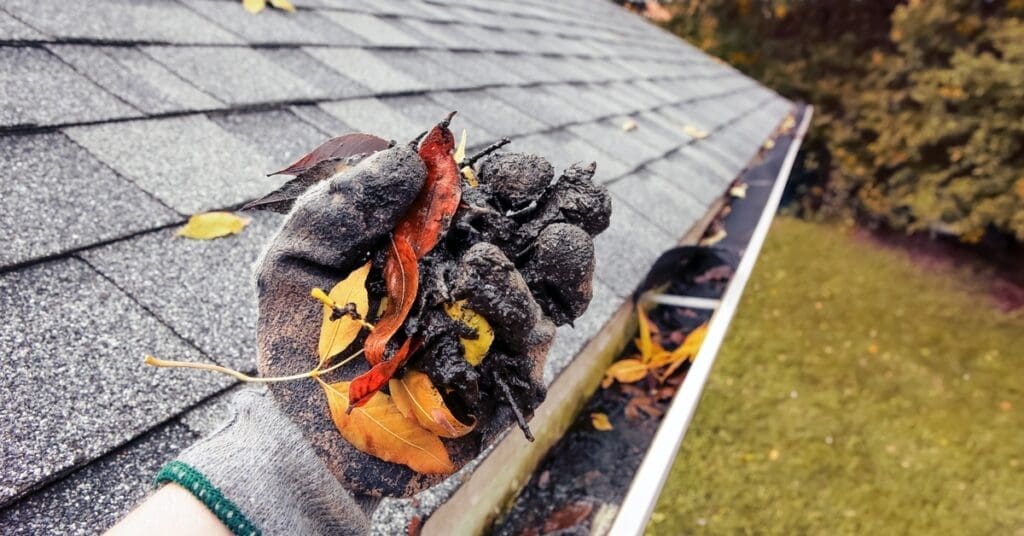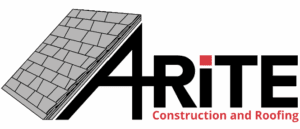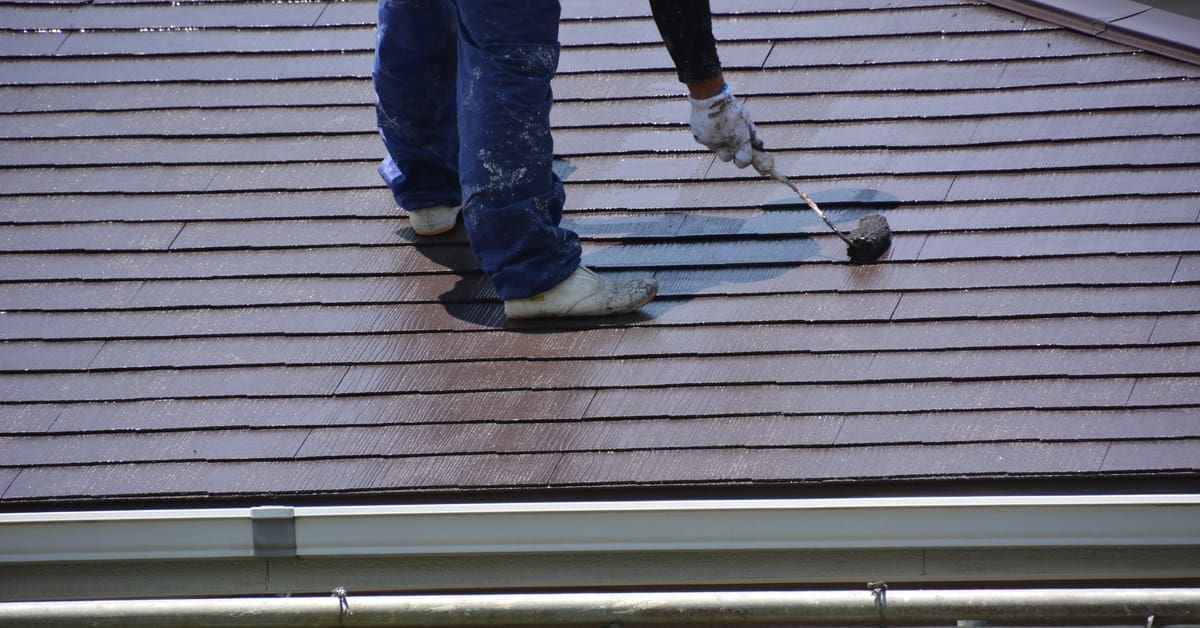When you notice dark streaks or stains on your roof, it’s natural to have concerns. These marks often mean Gloeocapsa magma—a form of blue-green algae—has found a foothold. This algae loves humid, shaded spaces, and while it may start as a simple eyesore, its presence may impact your roof’s durability. Knowing how to prevent algae growth on your roof helps you protect not just your curb appeal but also your home’s structural integrity.
Algae feeds off the limestone in many asphalt shingles, which damages their reflective coating. The result? Your home traps more heat, energy costs can increase, and shingles won’t last as long. Staying ahead with prevention goes a long way in preserving your investment.
Keep Your Roof Clean of Debris
No matter the climate, keeping your roof clear makes a major difference. Leaves, pine needles, and even small twigs tend to pile up in roof valleys or around pipes and vents. This buildup traps moisture and gives algae a thriving environment.
Take time to check your roof every season, and especially after a windy storm. Use a leaf blower or broom—avoid harsh equipment—to clear away what you find. Focus on places where debris likes to settle. By sticking to this routine, you remove what algae need to gain a foothold.

Trim Overhanging Tree Branches
Shade from trees can benefit your home in summer, but overhanging branches often make things worse for your roof. Branches drop leaves and seed pods, and stop sunlight from reaching your shingles. Less sunlight means more lingering moisture.
Consider trimming branches so none come within six to ten feet of your roof. This step allows more sun and airflow, helping your roof dry out faster. Tree trimming might seem simple, but it is one of the most effective algae prevention moves you can make.
Ensure Proper Attic Ventilation
Attic ventilation plays a bigger role than many realize. When air moves freely through your attic, moisture doesn’t collect on the underside of your roof. Without good airflow, heat and humidity build up, especially in shaded, north-facing areas, which encourages algae to grow.
Check if your attic has vents that let air in low at the eaves and let it out high near the ridge. This balanced setup draws in dry, cool air and moves out warm, damp air. If you’re unsure, a roofing contractor can assess things and suggest improvements. Good ventilation protects your roof from the inside out.
Install Zinc or Copper Strips
For a long-lasting solution, many homeowners install zinc or copper strips right under the roof’s ridge cap. Each time it rains, a tiny amount of metal washes down, stopping algae and moss in their tracks.
These strips stay hidden from view but go a long way in keeping your roof algae-free. You can count on them to deter growth season after season, and they rarely need much attention after installation.
Choose Algae-Resistant Shingles
When it’s time to replace your roof, the materials you pick can prevent algae from becoming a problem in the future. Look for algae-resistant shingles, which include copper granules that release slowly over time. This feature protects the entire roof surface, not just spots near the ridge.
When you opt for a professional GAF roofing installation using these shingles, you invest in both craftsmanship and technology. The copper blend offers lasting protection, helps your home stay beautiful, and extends your roof’s service life.

Maintain Your Gutters
Gutters serve a simple but crucial purpose—directing water away from your home. When clogged, they fail to drain properly and sometimes overflow. Overflow means water soaks the roof edges and creates cozy spots for algae to grow.
To avoid this, clean your gutters twice a year, especially in spring and fall. Make sure the downspouts run clear. With clean gutters, your roof edges and home foundation both stay in better shape.
For added effectiveness, consider installing gutter guards. These covers minimize the debris that enters your gutters, making the cleaning job less frequent and much easier to manage. While no guard is completely maintenance-free, this small upgrade can help significantly reduce blockages. Also, take a closer look after strong winds or heavy rain, since storms tend to push additional leaves and debris into gutters. Staying aware and acting quickly prevents water from backing up and soaking the roof, allowing your home to stay dry and protected through every season.
Schedule Routine Roof Inspections
Catching roof issues early helps you avoid major repairs. Arranging a professional roof inspection every year or two is a smart strategy. Inspectors notice early signs of algae—tiny dark spots or streaks—before they spread.
A skilled inspector also checks for:
- Pooling water or poor drainage
- Organic debris buildup
- Early signs of moss or algae
- The condition of shingles and seals
If you prefer to keep an eye on your property yourself, you can perform visual inspections from the ground with a pair of binoculars. Look for anything out of the ordinary, including missing shingles, clogged gutters, or areas that stay damp longer than the rest. Always exercise caution and prioritize safety over getting a closer look. When you stay proactive, you put yourself in the best position to resolve small concerns before they become major issues.
Acting early lets you fix small problems quickly and saves you from expensive cleanings and repairs later on.
Apply a Roof Cleaning Solution
If algae have already made an appearance, don’t worry—it’s possible to treat your roof safely. You can use a store-bought solution or make your own using equal parts water and oxygen bleach.
Skip the pressure washer. Its intense force can strip shingle granules and leave your roof exposed. Spray your cleaning mixture, let it sit for about 20 to 30 minutes, then rinse gently with a regular hose. This treatment targets algae while preserving your roof’s finish.
Improve Roof Drainage
Good roof drainage makes a difference. In spots where water tends to sit, often from improper slope, sagging, or blocked valleys, dampness hangs on after every rain.
If you notice puddles or slow-draining areas, clear out debris and check for dips or valleys that trap water. With better drainage, you remove one of the main reasons algae stick around.
Consider Your Roof’s Orientation
Some homes are more vulnerable to algae because of their position. North-facing roof sections don’t see much sunlight, and after rain or dew, those surfaces hold moisture much longer than the sunlit sides.
Mark these spots for extra care. During your regular checks and cleaning, focus on these shady areas. Trimming trees and keeping them clean helps compensate for the lack of direct sunlight.
Protect Your Investment for the Long Term
A healthy roof matters for more than just looks; it keeps your home safe, dry, and efficient. Small steps, done consistently, let you manage algae and keep streaks from coming back. From simple chores to selecting advanced roofing materials, you have the power to protect your roof season after season.
By following these practical strategies, you can prevent algae growth on your roof and take control over your home’s maintenance. Regular attention and smart choices mean your roof can remain strong and attractive for many years, saving you both time and money in the long run.



